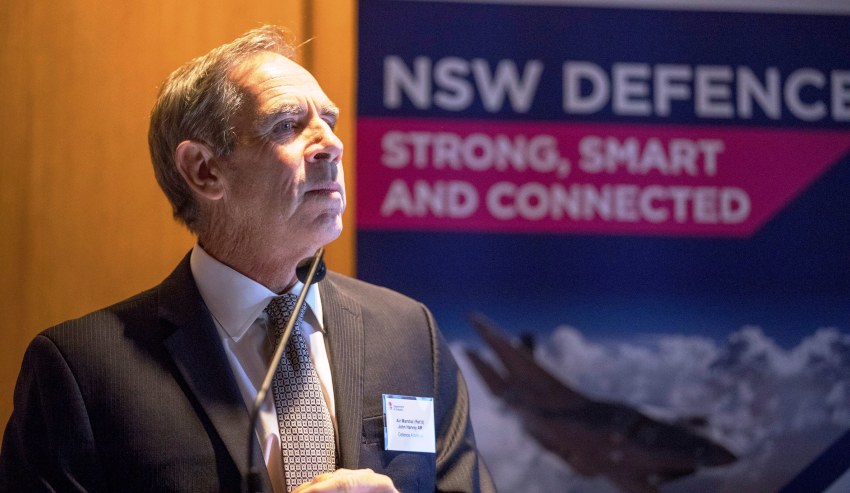The May 2017 release of the Naval Shipbuilding Plan is an essential step in this vitally important national endeavour. To fully achieve its ambitious goals, however, the plan will need to be progressively developed to take a ‘whole of life’, ‘whole of capability’, ‘whole of nation’ approach.
To continue reading the rest of this article, please log in.
Create free account to get unlimited news articles and more!
In terms of ‘whole of life’, the mature plan will need to provide clear guidance in relation to the design, build, sustainment and ultimate disposal phases. Calls for specific percentages of Australian industry involvement or even just to ‘maximise’ Australian industry involvement do not necessarily help unless they address each phase of the projects.
A sovereign shipbuilding capability will not be achieved if, for example, Australian industry involvement in the critically important design phase is ignored. Knowledge gained from participation in the design of the vessels will be critical to developing a sovereign shipbuilding capability. Decisions made in the design phase will also affect the ability of Australian industry to participate in subsequent phases. A key lesson from the Collins Class submarine experiences was that sustainment needs to be considered right from the start of the project, not left until the build is complete.
The plan therefore needs to be progressively expanded to include specific requirements for each phase of the respective shipbuilding projects.
In terms of ‘whole of capability’, the term ‘shipbuilding’ must not be taken to mean just construction of the hulls of the vessels and installing imported systems into them. The plan must take into account all the systems that make up a warship, including weapons, combat management, electronic warfare, communication, sensor, propulsion and environmental control systems. And it should not be assumed that any of these will necessarily be off-the-shelf, foreign-sourced systems.
For SEA 5000, the decision has already been made that the CEA radar will be used. This is a great sign of confidence in an Australian company and a great step towards a truly sovereign capability.
There are other examples, in areas such as the use of local steel, sonar and combat systems, where highly capable Australian systems are available that could further enhance our sovereign capabilities and build a national supply chain. And consideration must not be limited to the naval vessels themselves. To achieve a truly sovereign capability, support, training and construction systems also need to be considered. Experience from the Joint Strike Fighter Program shows there is a large amount of work in these latter systems and Australian companies have already shown they have considerable expertise and can compete against the world’s best.
The plan therefore needs to be progressively expanded to include specific requirements for all systems in the ships/submarines and ashore, not just the hulls themselves.
In terms of ‘whole of nation’, the plan needs to consider the full range of national expertise and resources available – not limited to traditional shipbuilding or even Defence sectors – and only rely on importing systems/skills where there would otherwise be a significant risk to capability, cost or schedule. Where Australian expertise and resources are not used, the onus should be on prime contractors to justify why.
The plan also needs to recognise that expertise and resources relevant to the shipbuilding endeavour are distributed throughout Australia, and not restricted to the traditional shipbuilding companies. This also applies in the critical areas of education, training and research where state and territory governments have a critical role to play. Certainly states and territories will be looking for prospects to employ the people they train, rather than sending them to other parts of Australia, which is likely to add cost and risk.
The plan therefore needs to be progressively expanded to ensure the full range of national expertise and resources are applied to the shipbuilding endeavour.

 Login
Login







